Every community has something to protect
The United States has joined more than 90 countries in a pledge to combat climate change and species extinction by safeguarding 30 percent of Earth’s land and water by 2030.
These maps show areas where scientists think conservation would offer the greatest benefit to people and nature, based on four key environmental goals.
Most important places for
providing clean drinking water

Natural landscapes filter rain into drinking water. In the lower 48 states, 83 million people rely on forested watersheds for over half their drinking water.
Most important places for
saving wildlife

Preserving 30 percent of the nation’s most essential wildlife habitat could protect 99 percent of its mammals, birds, reptiles, and amphibians.
Most important places for
trapping carbon

Today’s forests—if protected from major disturbances—can absorb nearly all the carbon dioxide produced by U.S. passenger cars every year.
Most important places for
preserving ecosystem diversity
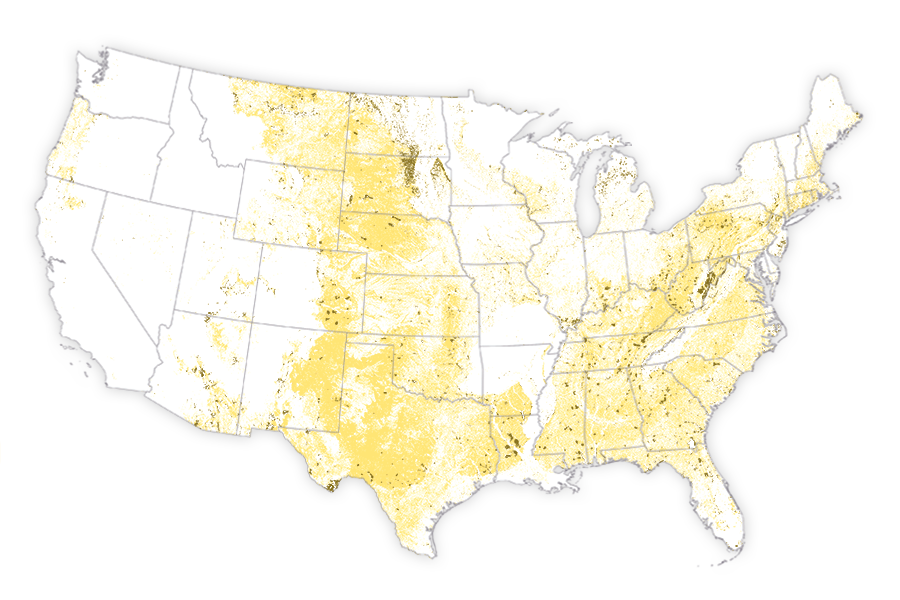
Some portion of every native ecosystem needs to be maintained to safeguard Earth’s natural processes. Great Plains grasslands and eastern woodlands are among the least protected.
Land in just about every part of the country falls into at least one of the categories needing conservation—so every community can make changes to its environment that matter.

Top 30% most important places
for four key conservation goals
Providing clean
drinking water
Preserving
ecosystem diversity
Both ecosystems
and carbon
Saving wildlife
Trapping carbon
Top 30 large U.S. cities most in need
of more equitable access to parks

drag to pan
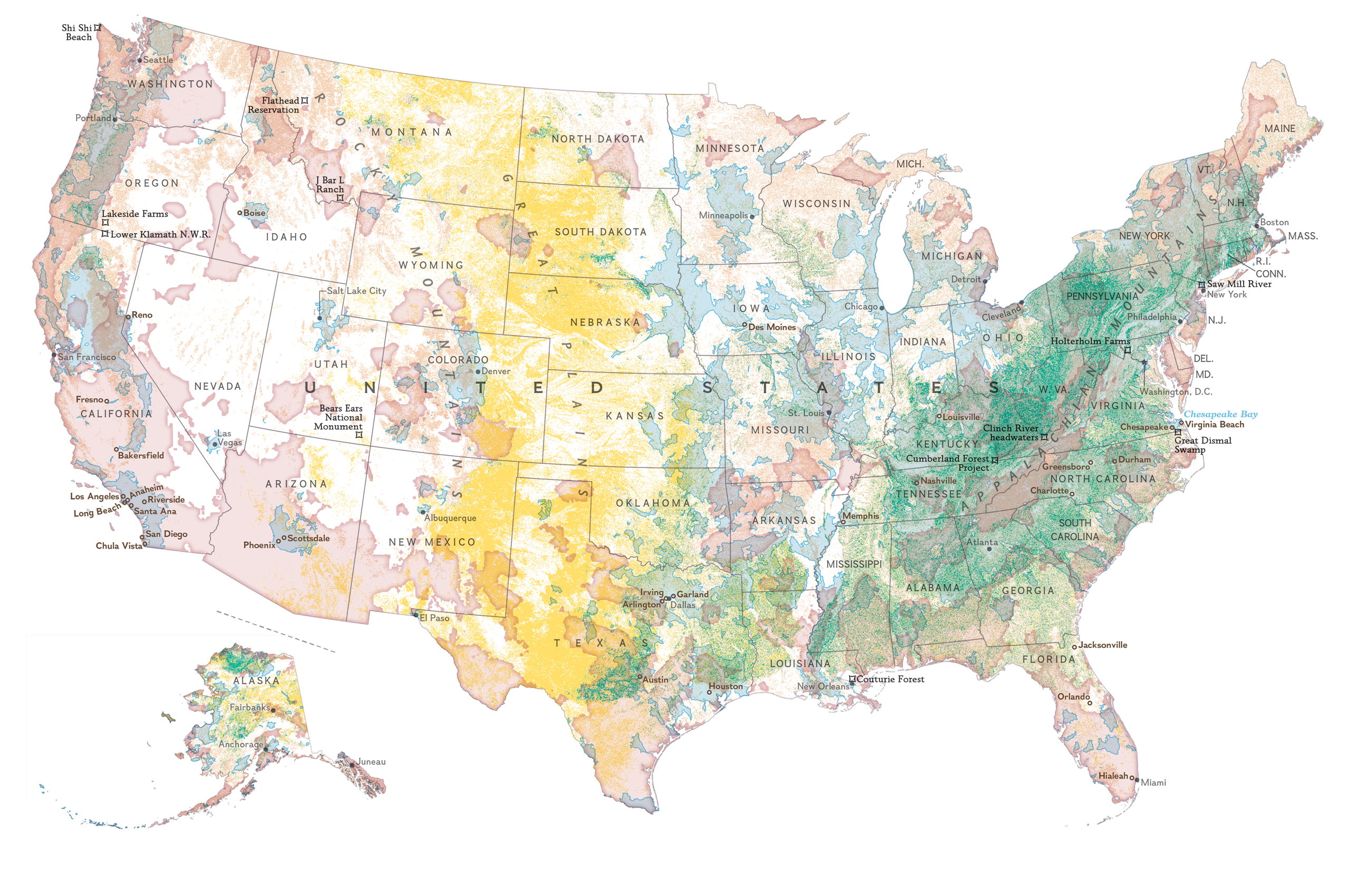
Some of the most successful projects so far have included diverse voices in decision-making and an emphasis on safeguarding cultural heritage alongside nature.
Several of today’s most innovative, community-led conservation efforts are highlighted below:

New Seattle bus lines reduce congestion and offer hikers without cars access to trailheads.

The Confederated Salish and Kootenai Tribes in Montana are restoring whitebark pine forests, which hold cultural significance, retain snowpack, and support scores of animal species.
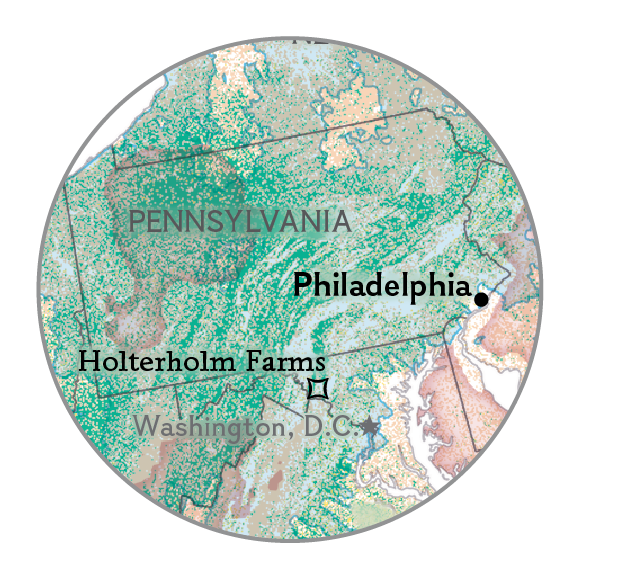
Black communities in Philadelphia have campaigned to save urban sanctuaries such as the John Heinz National Wildlife Refuge, which protects an essential tidal marsh and provides access to nature hikes and bird-watching.

The carbon-storing Great Dismal Swamp was a refuge for generations of Indigenous and Black people escaping subjugation and enslavement. Their descendants advocate establishing a national heritage area for the greater region.
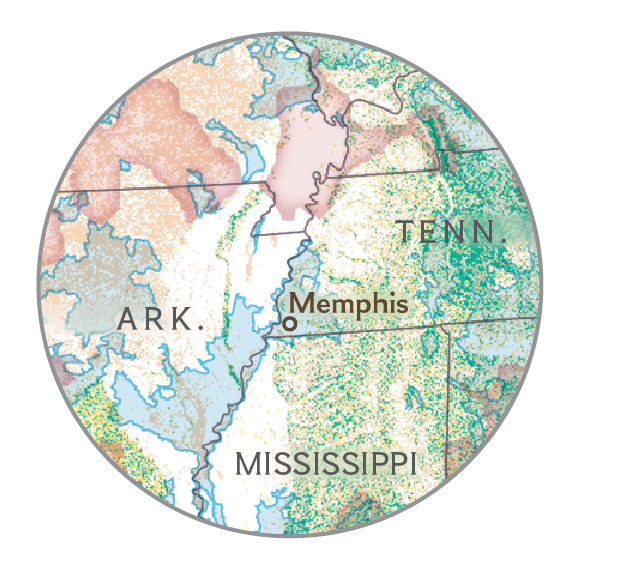
Memphis and 72 other cities are improving equitable access to parks in part by turning schoolyards into neighborhood parks during nonschool hours.

El Paso, which is mostly Latino, is working to conserve Castner Range for outdoor recreation and to safeguard the desert city’s source of drinking water.
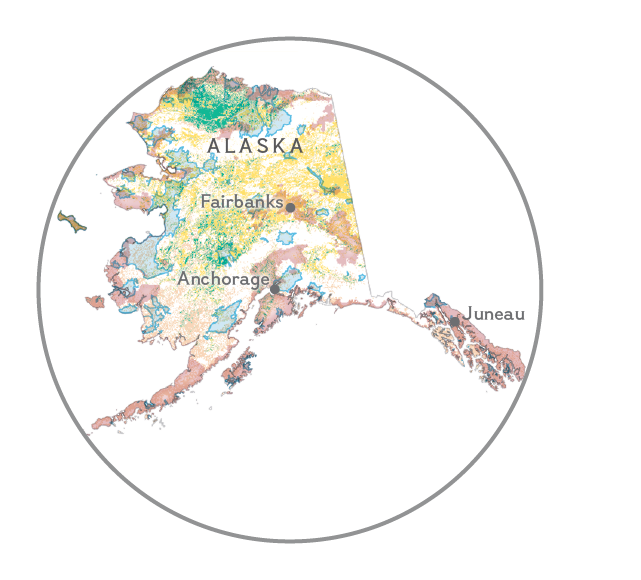
In Arctic Alaska, the Imago Initiative supports more sustainable rural livelihoods and new models of Indigenous-led land protection.
Monica Serrano, Matthew W. Chwastyk, and Ryan Morris, NGM staff; Marty Schnure, National Geographic Explorer
Note: Top 30 percent areas calculated separately for contiguous U.S. and Alaska. Data unavailable or incomplete for Hawaii and U.S. territories.
Sources: R. Travis Belote and Tim Fullman, The Wilderness Society; Seth Spawn-Lee, University of Wisconsin–Madison; Isric Soilgrids; Linda Hwang, Trust for Public Land; Forests to Faucets, U.S. Forest Service; Global Deal for Nature; Center for American Progress; USGS
In a warming climate, we need to radically rethink how we conserve nature.